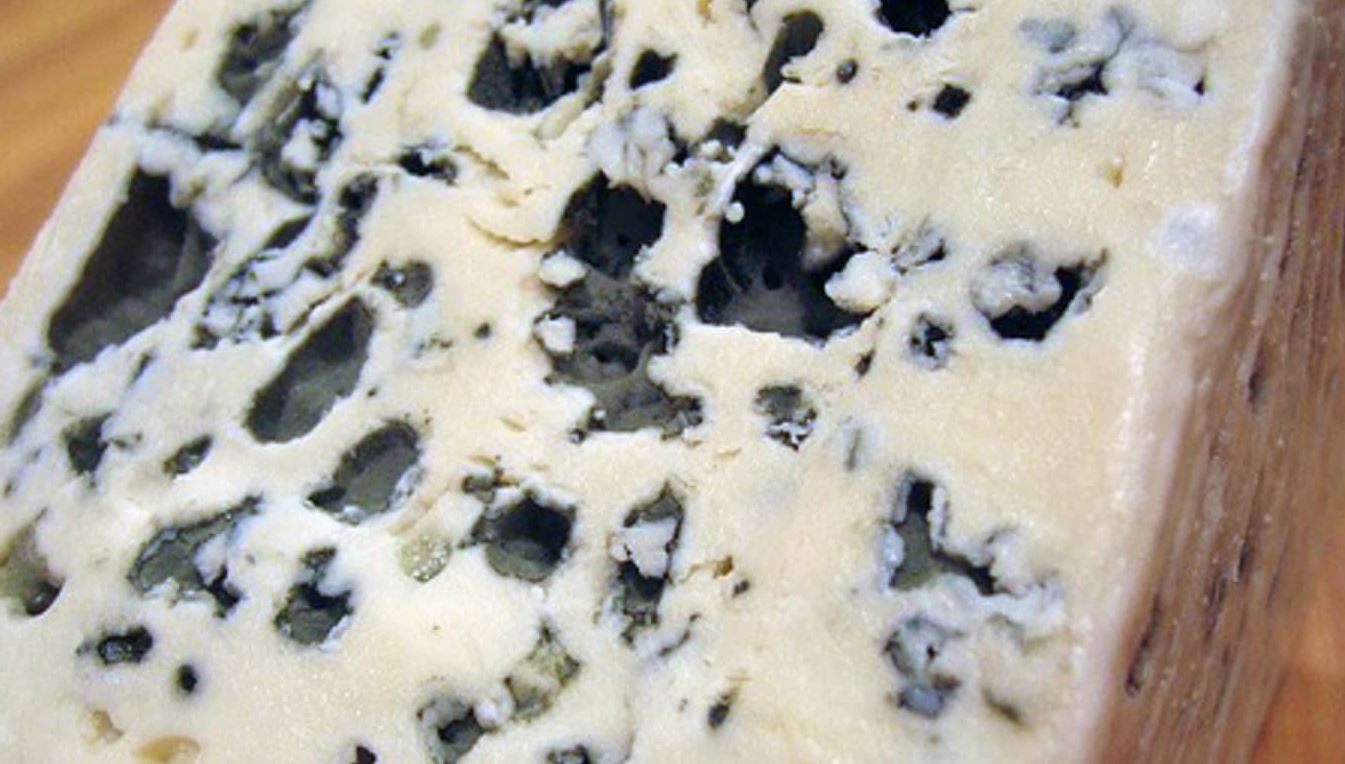Blue cheese is a beloved choice for those who enjoy strong, bold flavors. Its distinct blue veins and sharp taste make it stand out among other cheeses. However, for people with gluten sensitivities or celiac disease, there’s a pressing question: Is blue cheese gluten-free?
Given the mold used in its production, which is sometimes grown on bread, concerns arise. Understanding the gluten content in blue cheese is crucial for those on a strict gluten-free diet. This article will provide clarity, ensuring you can enjoy your favorite cheese without worry.
Table of Contents
Is Blue Cheese Gluten-Free?
The good news for blue cheese lovers is that most blue cheeses are indeed gluten-free. Blue cheese is created by adding mold spores to milk, which then develop the characteristic blue veins. Traditionally, these mold spores were sometimes grown on bread made from rye or wheat, raising concerns about gluten contamination. However, modern production methods have largely moved away from using gluten-containing grains as a medium for growing these spores.
Despite this, there are still a few exceptions. For example, Roquefort cheese may sometimes use mold grown on bread. However, the amount of gluten present is typically so minimal that it falls well below the 20 parts per million (ppm) threshold, which is the standard for gluten-free labeling. Therefore, most blue cheese varieties are considered safe for those on a gluten-free diet.
It’s also important to note that not all blue cheeses are created equal. Some brands take extra precautions to ensure their products are completely gluten-free, while others may not. Always check the label for gluten-free certification or reach out to the manufacturer if you’re unsure. By doing so, you can confidently enjoy blue cheese without the fear of gluten exposure.
How to Identify Gluten-Free Blue Cheese?
Identifying gluten-free blue cheese requires some diligence. The first step is to carefully read the labels on any blue cheese product you consider buying. Many brands now include gluten-free certifications on their packaging, which is a strong indicator that the product has been tested and meets the standards for being gluten-free.
However, labels don’t always tell the whole story. It’s important to know that not all manufacturers may use the same stringent practices. Some blue cheese brands, such as BelGioioso and Organic Valley, are known for producing gluten-free blue cheese using mold cultures that don’t involve gluten-containing grains. But if you come across a product without a clear gluten-free label, it’s best to contact the manufacturer directly. This ensures you get detailed information about their production process and the potential for gluten contamination.
Additionally, be aware of cross-contamination risks. Even if the cheese itself is made without gluten, it could come into contact with gluten-containing products during packaging or shipping. By sticking to brands known for their gluten-free practices and doing a bit of homework, you can safely enjoy blue cheese without worrying about gluten.
Gluten-Free Blue Cheese Dressing
While blue cheese itself is generally gluten-free, the same cannot always be said for blue cheese dressing. These dressings often contain a mix of additional ingredients, including thickeners, preservatives, and flavorings, some of which may contain gluten. This makes it essential to carefully examine the ingredients list before purchasing.
When shopping for blue cheese dressing, look for those specifically labeled as gluten-free. Some brands, like Ken’s Steak House, Litehouse, and Marie’s, offer gluten-free blue cheese dressings. These products are tested to ensure they contain less than 20 parts per million (ppm) of gluten, making them safe for most people with gluten sensitivities or celiac disease.
It’s also important to remember that homemade blue cheese dressing can be a safer option. By using gluten-free mayonnaise, sour cream, and blue cheese, you can control the ingredients and avoid any hidden sources of gluten. This way, you can enjoy the rich, tangy flavor of blue cheese dressing without any concerns about gluten contamination.
Frequently Asked Questions (F.A.Q)
Can people with celiac disease eat blue cheese?
Yes, most blue cheeses are safe for people with celiac disease. The levels of gluten, if present, are usually below 20 parts per million (ppm), which meets the FDA’s standard for gluten-free products. However, it’s essential to check labels or consult with the manufacturer to ensure that the specific brand you choose hasn’t been exposed to cross-contamination during production.
Is all blue cheese gluten-free?
Not all blue cheese is guaranteed to be gluten-free. While most blue cheeses use mold cultures that don’t contain gluten, some varieties, such as Roquefort, might still use mold grown on bread. Therefore, it’s important to check the label or contact the manufacturer if you have concerns.
How can I be sure my blue cheese is gluten-free?
To ensure that your blue cheese is gluten-free, look for products with a gluten-free label or certification. These labels indicate that the product has been tested and meets the standards for gluten-free foods. Additionally, you can reach out to the manufacturer for more detailed information on their production processes and the potential for gluten contamination.
Wrapping Up
In conclusion, blue cheese can be enjoyed safely on a gluten-free diet, but it requires careful selection and attention to detail. Most varieties are gluten-free, especially those produced with modern techniques that avoid gluten-containing ingredients.
Read Also: Is Lipton Onion Soup Mix Gluten Free?
